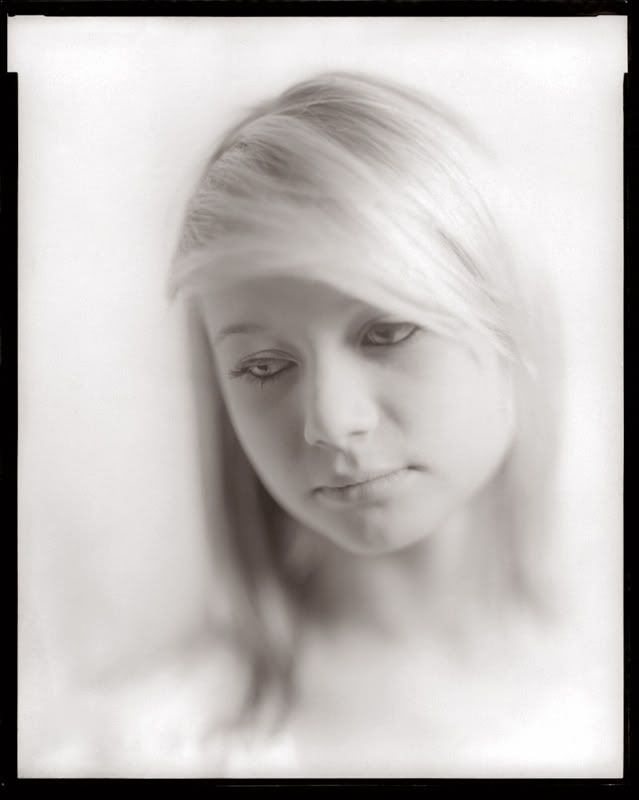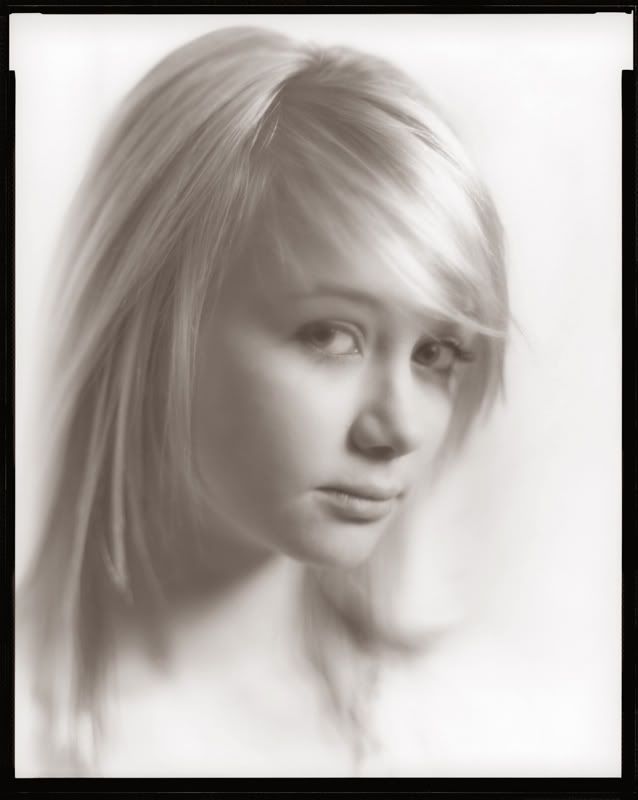Sf lenses are special, very special. One needs to practice, but practice means film, time, and a model expecting great results.
Just because IMO this subject deserves a searchable topic with DIY instructions.
Currently, there's no info around.
No more waste of time.
So to repeat, the way I do things as DIY instructions:
Rack the rear to bring the face in near focus.
Then find the position so that you have a feel of sharpness over the face.
From there, concentrate on the lips of the model and pull the rear standard towards you gently. When the lips look nice, do fine focusing and find the point for the best lips. Do not use a loupe. Try to look at the gg as far back as the dark cloth allow. Maybe 40 cm, and have a better idea of the overall picture.
Anybody want to share their technique?
Special effects? Aperture effect and diffusion? Using one element?
Also effects are different using German (Perscheid to me are very formal), French (Eidoscope to me are very rounded, 3D effect), American (so many models, except Veritar was a tricky one...)
There's more: lighting effect... I found meniscus are better for frontal lighting.
So many variables... But in the end, think about the rewards: your partner will (at last) be happy posing for you!



 Reply With Quote
Reply With Quote








Bookmarks